
|
Bodies of work
|
Edward Steven Slavishak |
By the end of the nineteenth century, Pittsburgh emerged as a major manufacturing center in the United States. Its rise as a leading producer of steel, glass, and coal was fueled by machine technolog… |
OL11904027W |

|
Working stiffs
|
Michael L Carlebach |
"The tintype, patented in 1856, was a cheap, fast, easy-to-make, practically indestructible type of photograph that became enormously popular among the working class in the late nineteenth century. F… |
OL12036054W |

|
Crucible of freedom
|
Eric Leif Davin |
Working people created a new America in the 1930s and 1940s which was a fundamental departure from the feudalistic and hierarchical America which existed before. In the process, class politics re-def… |
OL15026823W |

|
Broke, USA
|
Gary Rivlin |
For most people, the Great Crash of 2008 has meant troubling times. Not so for those in the flourishing poverty industry, for whom the economic woes spell an opportunity to expand and grow. These mer… |
OL15190085W |

|
Regaining the dream
|
Roberto G. Quercia,Roberto G. Quercia |
"Backed by extensive study of mortgage loans made to low-income Americans over a ten-year period, argues that in the wake of the financial crisis of 2008-09, lenders need not shy away from the low-in… |
OL16175803W |

|
Transcribing class and gender
|
Carole Srole |
viii, 324 p. : 24 cm |
OL18679548W |
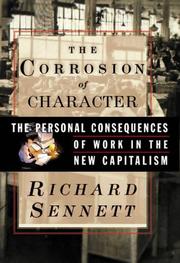
|
The Corrosion of Character
|
Richard Sennett |
In the brave new world of the "flexible" corporation, Richard Sennett observes, workers at all levels are regarded as wholly disposable, and they have responded in kind, ceasing to think in terms of … |
OL1870891W |

|
Village of immigrants
|
Diana R. Gordon |
"Greenport, New York, a village on the North Fork of Long Island, exemplifies a little-noted national trend--that of immigrants spreading beyond the big coastal cities, driving much of rural populati… |
OL19714635W |

|
Boom, bust, exodus
|
Chad Broughton |
"In 2002, the town of Galesburg, a slowly declining Rustbelt city of 34,000 in western Illinois, learned that it would soon lose its largest factory, a Maytag refrigerator plant that had anchored Gal… |
OL20006365W |
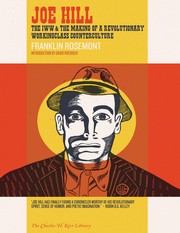
|
Joe Hill
|
Franklin Rosemont |
A monumental work, expansive in scope, covering the life, times, and culture of that most famous of the Wobblies--songwriter, poet, hobo, thinker, humorist, martyr--Joe Hill. It is a journey into the… |
OL20014984W |

|
White working class
|
Williams, Joan |
"Around the world, populist movements are gaining traction among the white working class. Meanwhile, the professional elite--journalists, managers, and establishment politicians--is on the outside lo… |
OL20060341W |
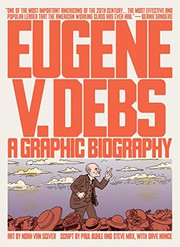
|
Eugene V. Debs
|
Steve Max,Paul Buhle,Noah Van Sciver |
Summary:"A graphic biography of socialist labor legend Eugene V. Debs. Eugene Victor Debs led the Socialist Party in the early twentieth-century to federal and state office across the country, helped… |
OL26419060W |
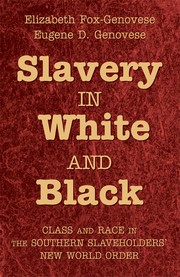
|
Slavery in White and Black
|
Elizabeth Fox-Genovese |
Southern slaveholders proudly pronounced themselves orthodox Christians, who accepted responsibility for the welfare of the people who worked for them. They proclaimed that their slaves enjoyed a bet… |
OL2801659W |
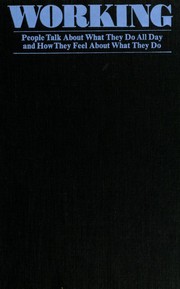
|
Working
|
Studs Terkel |
A collection of interviews with working people in a wide variety of occupations. |
OL3236300W |

|
Studs Terkel's Working
|
Harvey Pekar |
In the thirty-five years since Pulitzer Prize-winner Studs Terkel's Working was first published, it has captivated millions of readers with lyrical and heartbreaking accounts of how their fellow citi… |
OL3280260W |

|
From the folks who brought you the weekend
|
Arthur Ben Chitty,Priscilla Murolo,Priscilla Murolo,A.B. Chitty |
Hailed in a starred Publishers Weekly review as a work of impressive even-handedness and analytic acuity . . . that gracefully handles a broad range of subject matter, From the Folks Who Brought You … |
OL3347265W |
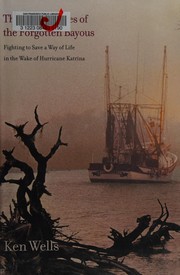
|
The good pirates of the forgotten bayous
|
Ken Wells |
With a long and colorful family history of defying storms, the seafaring Robin cousins of St. Bernard Parish, Louisiana, make a fateful decision to ride out Hurricane Katrina on their hand-built fish… |
OL474092W |
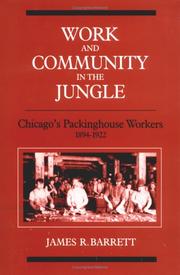
|
Work and Community in the Jungle
|
James R. Barrett |
Chicago's packinghouse workers were not the hopeless creatures depicted by Upton Sinclair in "The Jungle", but active agents in the early twentieth century transformation that swept urban industrial … |
OL5268850W |
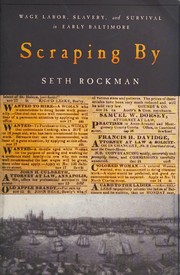
|
Scraping by
|
Seth Rockman |
"Enslaved mariners, white seamstresses, Irish dockhands, free black domestic servants, and native-born street sweepers. All navigated the low-end labor market in post-revolutionary Baltimore. Seth Ro… |
OL5965190W |
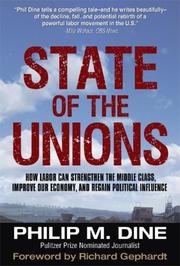
|
State of the Unions
|
Philip M. Dine |
From steel workers, Teamsters, and coal miners to teachers, actors, and civil servants, union members once accounted for more than one third of the American workforce. At a mere 12 percent, union mem… |
OL9306985W |



















